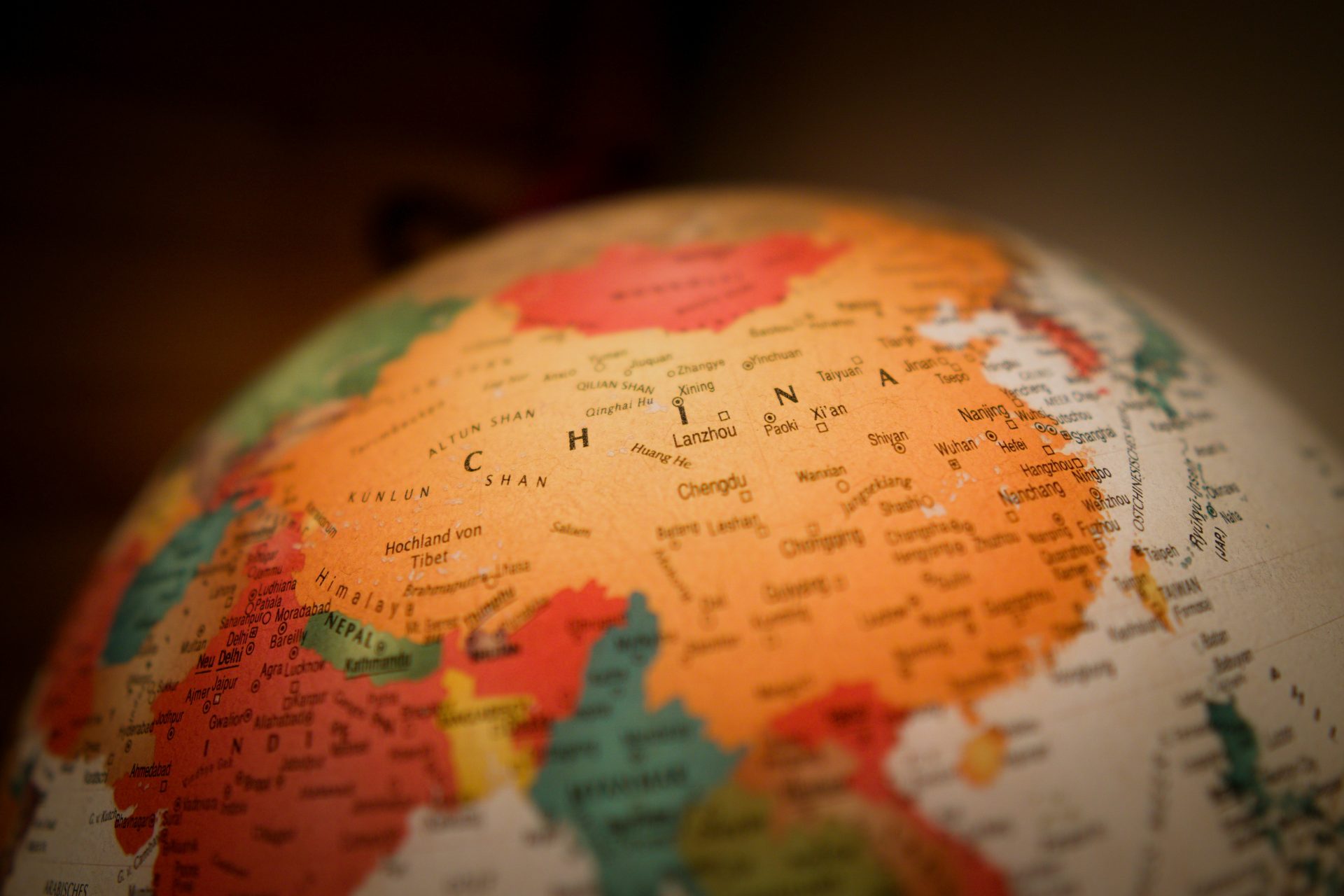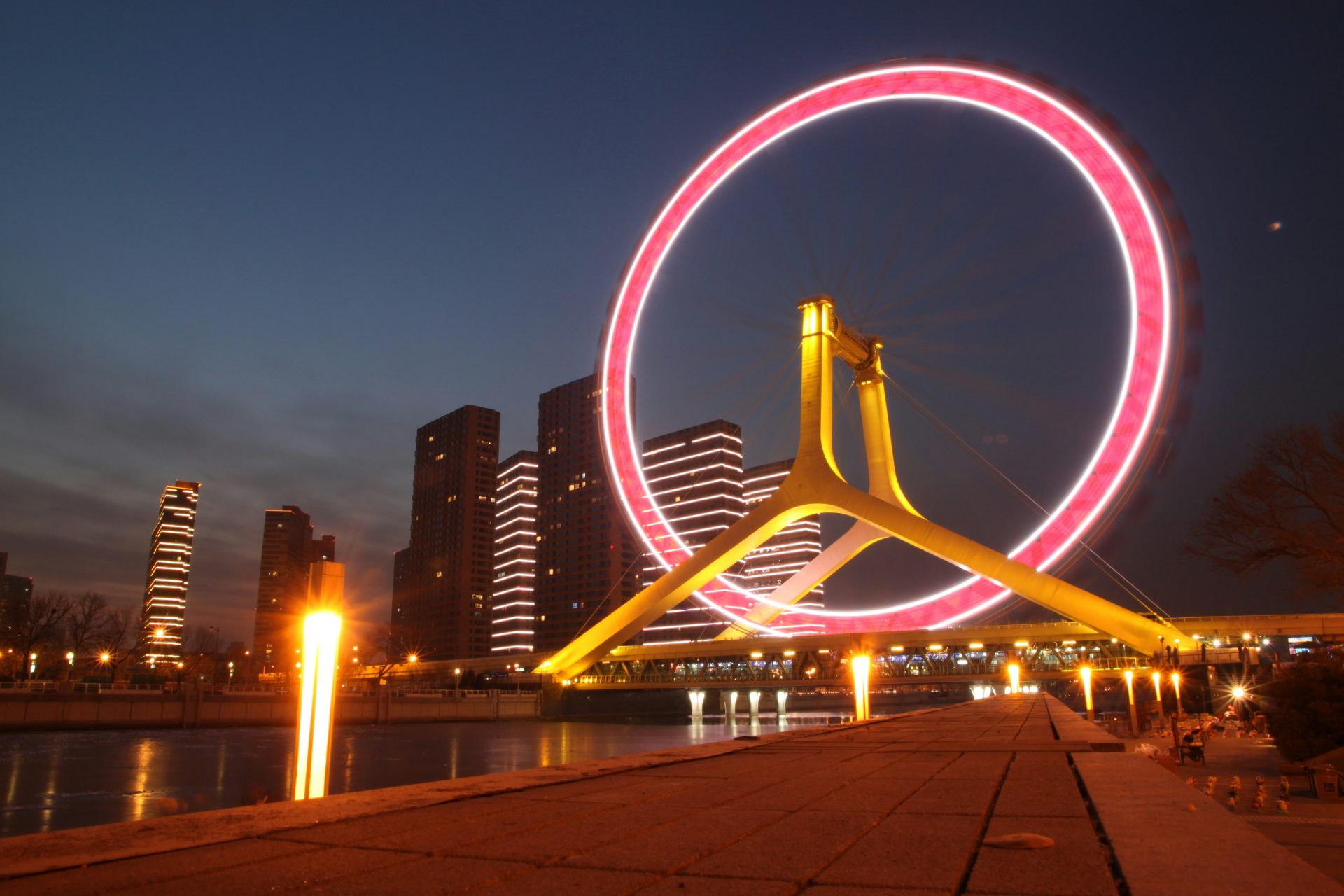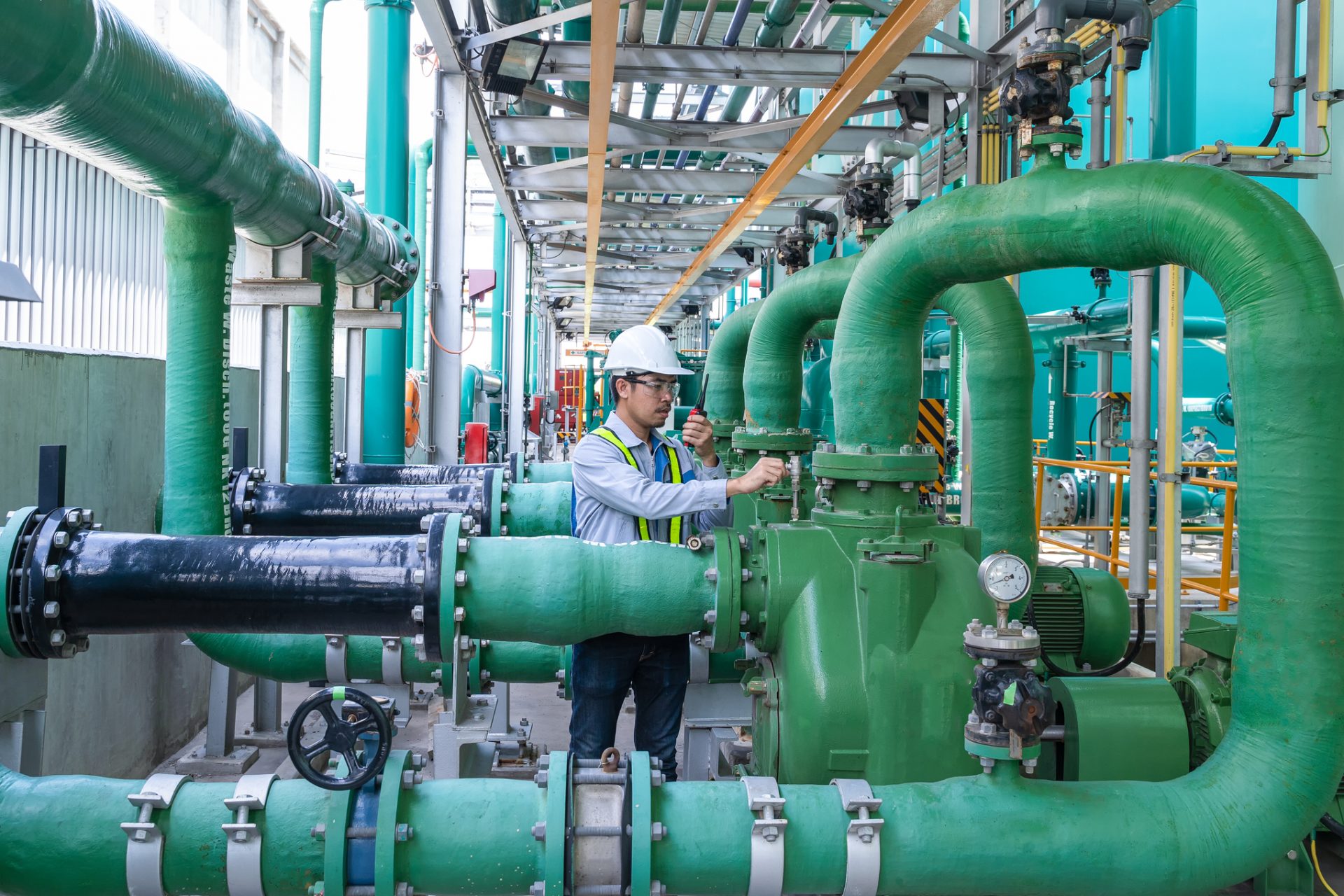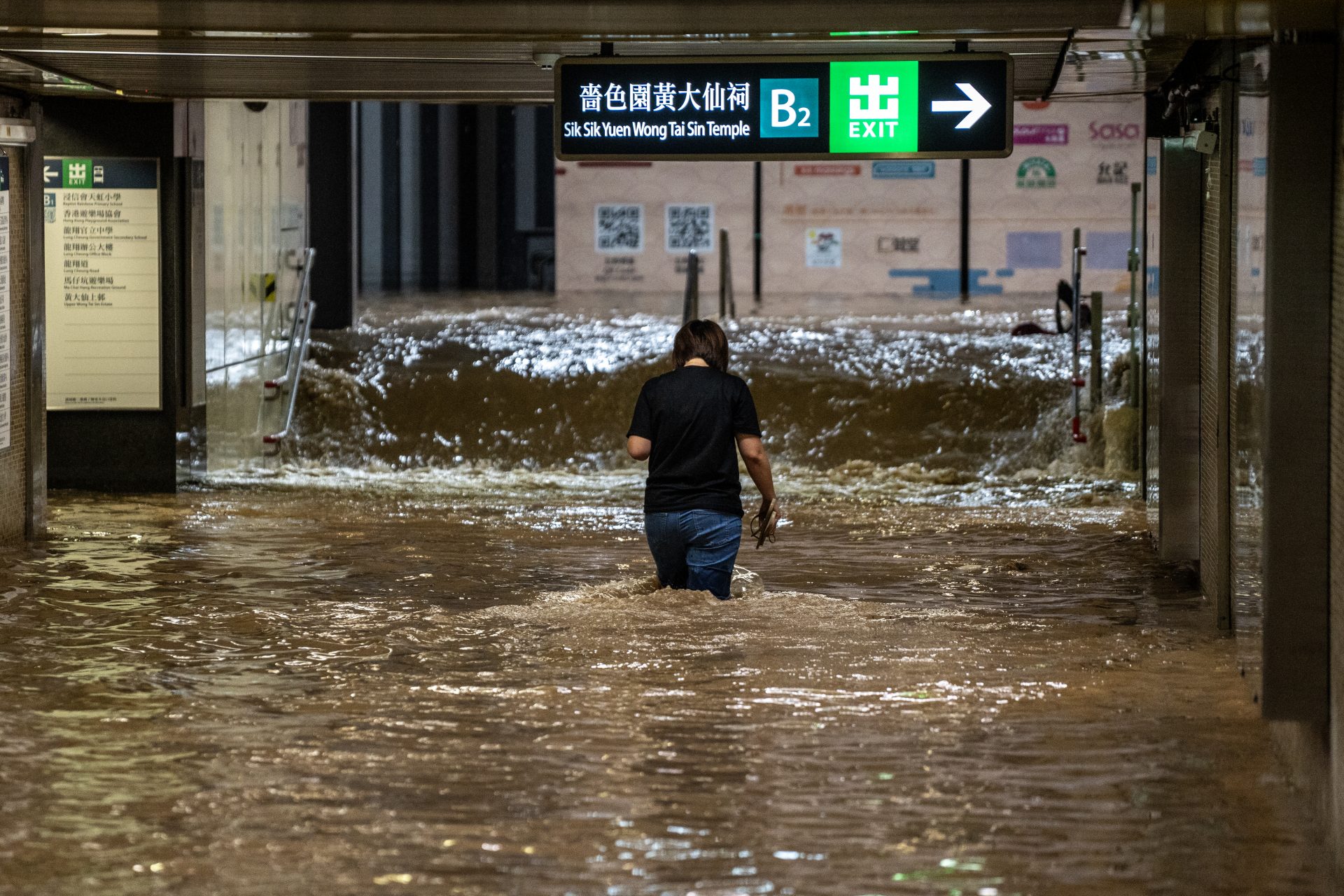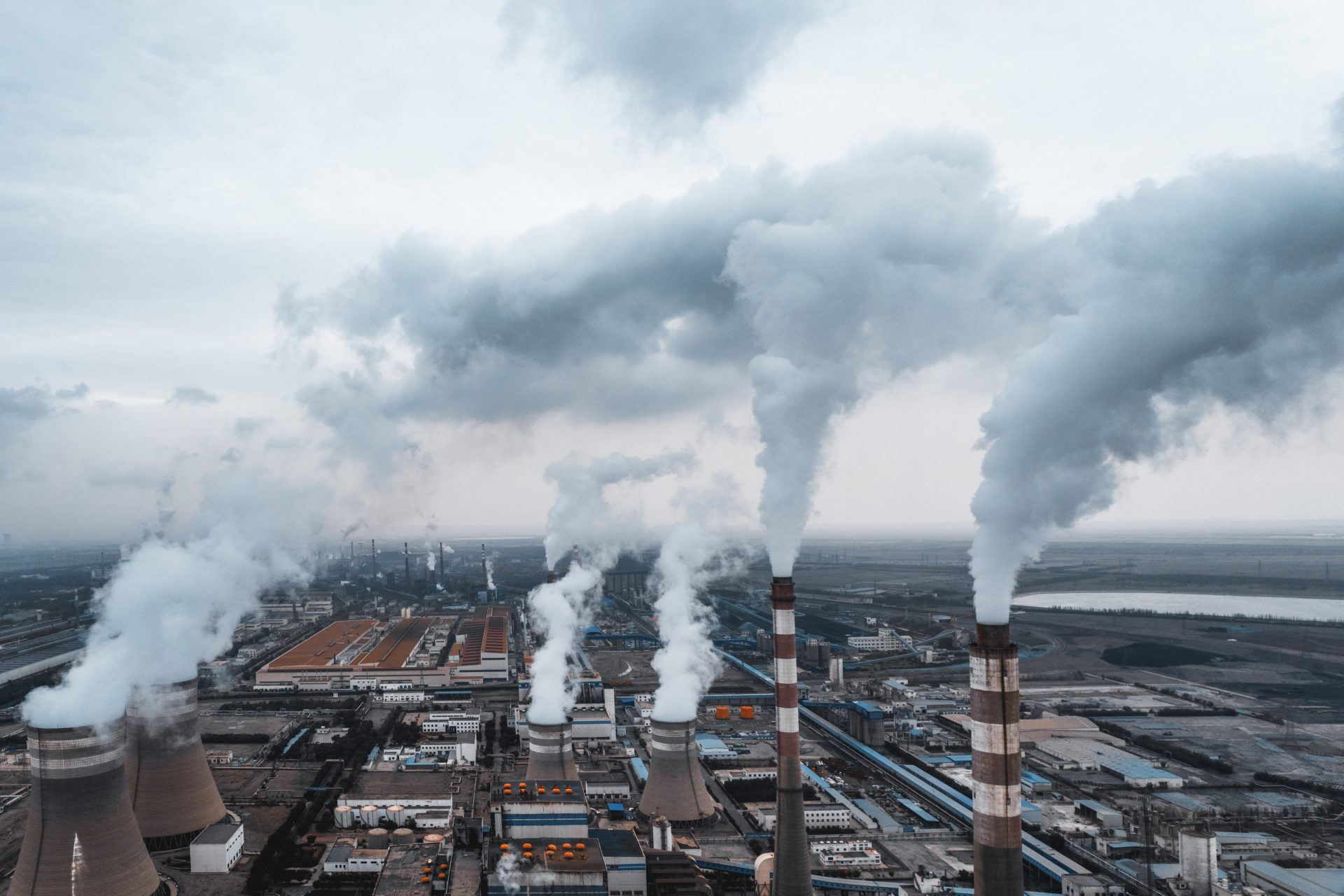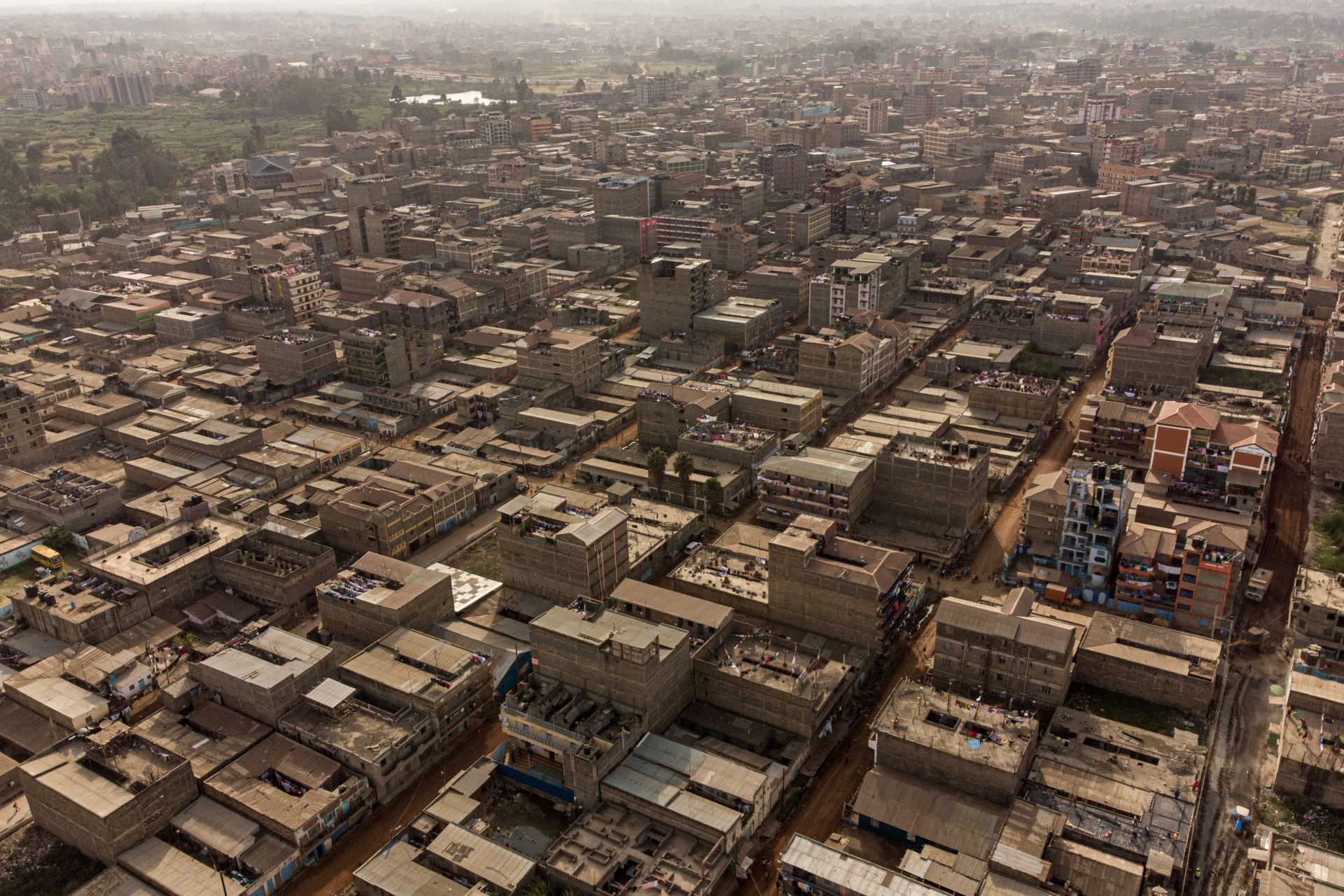Beijing and many of China’s major cities are slowly sinking
Venice isn’t the only city sinking. Some of China’s major population centers are slowly being engulfed by the ground as the threat of rising sea levels looms.
A study published on April 2024 by the scientific publication Science reveals that almost half of China’s biggest cities are sinking.
Not only are Chinese metropolises literally going under, but some of them are sinking at a ‘rapid’ pace, over 10 millimeters every year, affecting some 67 million people.
The authors, led by Tao Shengli from the Peking University in Beijing, assessed 82 cities with a population of over 2 million people, with the help of satellite images, as Nature magazine explains.
Image: Christian Lue / Unsplash
The BBC writes that, according to the results published by Shengli and his team, 45% of China’s urban areas are sinking at least 3 millimeters every year.
According to Nature, the paper claims that one out of ten Chinese residents living in the country’s coastal cities could be living below sea level within a century.
One of the cities affected could be Beijing, China’s capital with a population of circa 20 million and located in the Hai River basin.
Other major population centers that are predicted to be affected are some important regional capitals such as Fuzhou, Hefei, and Xi’an, the latter pictured here.
The main culprit, the study points out, is subsidence: Gradual or sudden ground sinking caused by human activity below the surface.
Reuters claims that subsidence already costs China over one billion US dollars every year. In 2023, over 3,000 residents had to be evacuated from the northern city of Tianjin due to buildings sinking in the area.
Image: blueskin / Unsplash
According to the New York Times, groundwater extraction, oil drilling, and mining are all activities that contribute to leaving hollow spaces underground that contribute to subsidence.
This is mixed with large and heavy infrastructure projects necessary to accommodate the people that live and work in one of the most populated countries in the world.
The slow sinking of China’s major cities is only made worse by the climate change, which is expected to raise the sea levels in the following years.
However, sinking cities are hardly a problem that is unique to the People’s Republic of China. All over the world, many population centers have been affected.
Nature magazine claims that, by 2040, one-fifth of the world's population is expected to be living on sinking land.
The BBC highlights that around the world, cities like Mexico City, Houston, and Delhi are also slowly sinking.
Jakarta, the capital of Indonesia, is probably the most famous example, going down under at a pace of 30 centimeters (around 12 inches) every year, National Geographic writes.
The Indonesian government is currently developing a new capital, Nusantara, to deal with Yakarta’s overpopulation, but doesn’t exactly address the problem.
Tokyo used to have subsidence problems back in the 1960s, but the Japanese government managed to turn the tide.
According to The Conversation, the Japanese capital more or less stopped sinking thanks to strong water extraction regulations and bringing water from other regions to the Tokyo Metropolitan Area.
Likewise, Nature magazine writes Shanghai, one of China’s top cities, sank 2.6 meters (around 8.5 feet) between 1921 and 1965.
However, Shanghai managed to slow down subsidence after implementing a series of strict environmental regulations. If Shanghai could do it, will the rest of mainland China follow suit?
More for you
Top Stories






